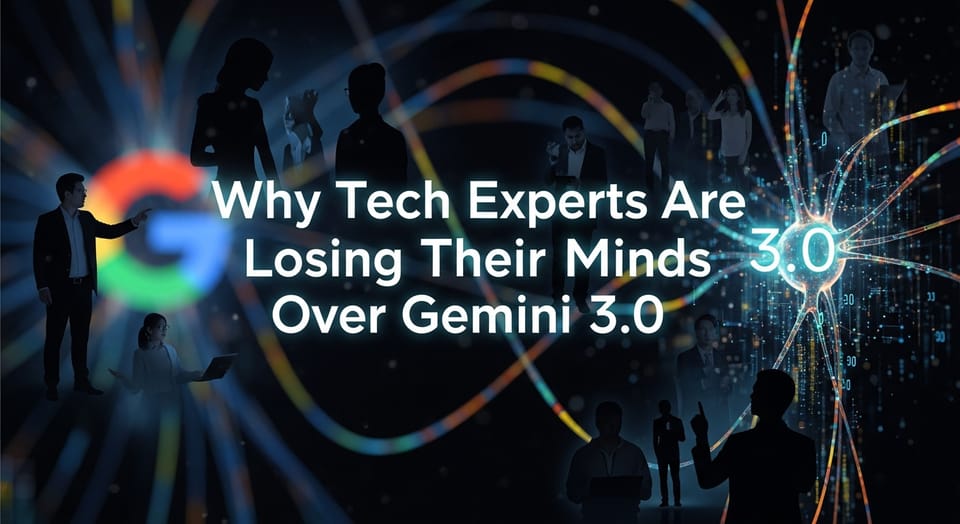MIT report: 95% of generative AI pilots at companies are failing

Despite Massive Investment, Most AI Projects Fall Short
Despite the rapid growth of generative AI adoption, a sobering new MIT report reveals that 95% of generative AI pilot projects are failing to deliver expected results. This high failure rate, documented in Fortune's coverage of the MIT research, provides critical insights into the disconnect between AI adoption strategies and successful implementation.
The extensive study led by Aditya Challapally highlights that these failures stem not from fundamental flaws in AI technology but rather from organizational and integration shortcomings.
Why AI Pilots Fail: The Learning Gap
According to the MIT research, the primary reason for generative AI pilot failures is not regulatory constraints or model limitations as many executives claim. Instead, the core issue lies in flawed enterprise integration and what researchers describe as a "learning gap" that affects both AI tools and organizations.
Generic AI tools like ChatGPT, while powerful for individual use, often struggle to deliver value in enterprise settings because they cannot effectively learn from or adapt to specific organizational workflows. This disconnect is further exacerbated by misaligned resource allocation, with over half of generative AI budgets directed toward sales and marketing tools despite evidence showing that back-office automation yields significantly higher ROI.
Keys to Successful AI Implementation
The research identifies several factors that distinguish successful AI deployments:
- Purchasing specialized AI tools from vendors and establishing strategic partnerships shows a 67% success rate, compared to internally-built AI systems which succeed only one-third as often
- Empowering line managers rather than relying solely on centralized AI labs proves crucial for driving adoption across the organization
- Selecting tools that integrate deeply with existing systems and adapt over time is essential for long-term success
These findings are particularly relevant for financial services and other highly regulated sectors, where many firms are developing proprietary generative AI systems despite evidence suggesting higher failure rates with this approach.
Workforce Impact and Shadow AI
Beyond implementation challenges, the MIT report reveals significant workforce trends:
- Workforce disruption is already underway, especially in customer support and administrative roles
- Rather than mass layoffs, companies are increasingly not backfilling positions as they become vacant
- Most changes are concentrated in jobs previously outsourced due to their perceived low value
- "Shadow AI" (unsanctioned tools like ChatGPT) is widely used in organizations
A notable example comes from IgniteTech, where CEO Eric Vaughan established "AI Monday" requiring staff to work exclusively on AI projects one day per week. When faced with resistance, Vaughan replaced nearly 80% of the staff within a year, illustrating both the urgency around AI adoption and the potential workforce disruption from aggressive implementation strategies.
Looking Ahead: The Future of Enterprise AI
The most advanced organizations are already experimenting with agentic AI systems that can learn independently, remember context, and act autonomously within set boundaries. These systems represent the potential next phase of enterprise AI development and may offer solutions to some of the integration challenges identified in current implementations.
The MIT report provides valuable lessons for organizations at all stages of AI adoption. The 95% failure rate underscores the need for strategic approaches that focus on integration, specialization, and organizational alignment rather than simply adopting the latest AI tools.
Successful AI implementation requires a thoughtful balance between technology and human factors, with careful consideration of workforce implications. Organizations that align AI initiatives with specific business needs and invest in proper integration will be best positioned to realize genuine value from generative AI technologies.




